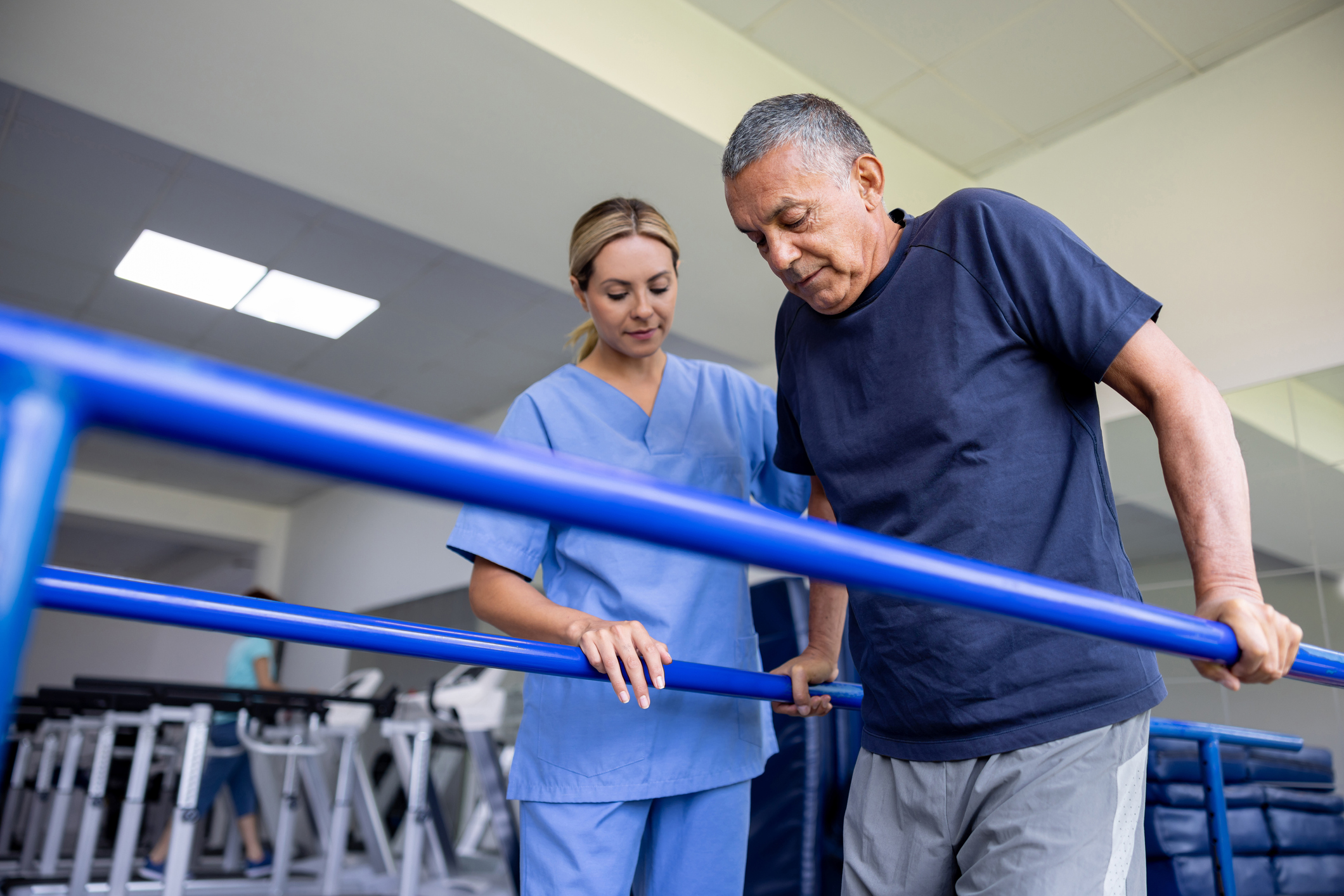
Persistent pain affects millions of individuals worldwide and can significantly reduce the quality of living. It can arise from various disorders, such as joint inflammation, fibromyalgia, or previous injuries. While drugs and therapies are frequently employed to manage pain, a expanding body of research shows that exercise can play a crucial role in relieving chronic pain. Engaging in consistent physical activity can not only assist lower pain levels but also enhance overall well-being and capability. Understanding how exercise impacts the body can enable individuals to assume control of their pain management.
Physical activity has several bodily benefits that can help reduce chronic pain. When people engage in physical activities, their bodies release endorphins, which are innate pain-killers. Additionally, exercise can improve blood circulation and fortify muscles, providing superior support for articulations. For those with conditions like arthritis, low-impact exercises such as swimming or biking can assist maintain joint mobility without placing excessive strain on the body. Regular exercise also helps in maintaining a healthy weight, which can reduce the stress on weight-bearing joints and further alleviate pain.
In furthermore to its bodily benefits, exercise has a favorable impact on mental health. Chronic pain can often lead to feelings of anxiety and depression, which can worsen the perception of pain. Engaging in consistent physical exercise can help fight these feelings by boosting self-esteem and elevating mood. Collective exercises, such as yoga or core strengthening, also provide social interaction, which can enhance emotional support. This mixture of bodily and emotional health benefits makes exercise an crucial component of a comprehensive pain relief strategy.
It is crucial to tackle exercise with care, especially for those dealing with chronic pain. Starting slowly is crucial to avoid worsening symptoms. Patients should consider seeking advice from healthcare experts to check this site out develop a personalized exercise plan that takes into consideration their particular issues and limitations. Exercises such as stretching, walking, or light yoga can be great initial points. Slowly boosting the effort and length of workouts can assist build strength and endurance without inducing undue stress on the body.
In conclusion, utilizing the benefits of exercise can substantially reduce chronic pain and enhance quality of life. Regular physical exercise not only assists to reduce pain through the release of endorphins and improved muscle strength but also supports mental well-being. By incorporating exercise into daily routines, patients can enable themselves in controlling their pain. A careful and informed method to exercise, directed by healthcare experts, can bring to lasting benefits in health and overall standard of life.